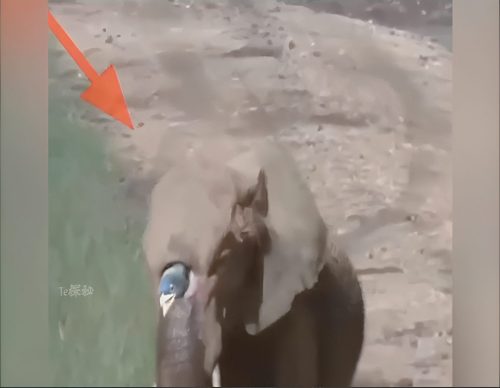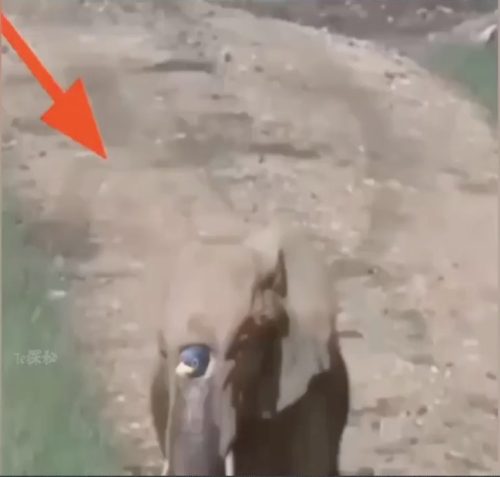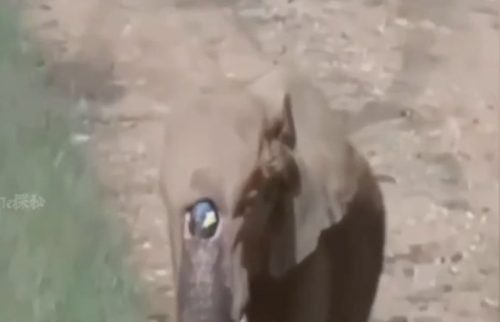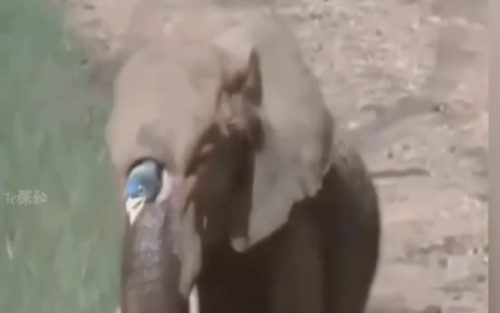The animal kingdom never ceases to amaze with its diverse array of interactions and relationships. One such intriguing example is the unique symbiosis between parasitic birds and elephants.

While most people are familiar with mutualistic relationships, where both species benefit, this peculiar association involves one party reaping the rewards at the expense of the other. In this case, certain bird species exhibit a parasitic behavior by nesting in the trunks of elephants, raising questions about the consequences and significance of this fascinating bond.
In this article, we delve into the world of parasitic birds and their surprising relationship with elephants. From the reasons behind this behavior to the potential impacts on both species, the symbiosis between these two creatures offers valuable insights into the complexities of the natural world.
The Identity of Parasitic Birds:
Parasitic birds, also known as brood parasites, are species that lay their eggs in the nests of other bird species, allowing the host to incubate and care for their young. Among the known parasitic birds, certain species have been observed to target elephant trunks as their chosen nesting ground.

The choice of elephant trunks as nesting sites by certain parasitic bird species remains a subject of scientific curiosity. Researchers speculate that the trunk’s large size, protection from ground-based predators, and the potential access to water and food sources might attract these birds.
Egg Mimicry and Deception:
To successfully parasitize elephant nests, the eggs of these parasitic birds often mimic those of the host species. The uncanny resemblance reduces the chances of the elephant recognizing the foreign eggs and ejecting them from the nest.
Potential Impacts on Elephants:
While the presence of parasitic birds in their trunks might not pose significant threats to elephant populations, it is essential to study the possible implications on the host species. Could the additional weight and presence of the parasitic birds impact the elephants’ trunk function and behavior?

A Costly Relationship:
For the host species, the presence of parasitic birds imposes an additional burden. The energy and resources invested in raising unrelated chicks could potentially affect the host bird’s own offspring, raising questions about the overall fitness and reproductive success of the host population.
The Evolving Dynamic:
As with any symbiotic relationship, the interaction between parasitic birds and elephants is subject to evolution and adaptation. Over time, both species may undergo changes in response to this unique association, potentially altering the nature of their symbiosis.
The intriguing symbiosis between parasitic birds and elephants highlights the marvels and complexities of nature’s intricate web of relationships.

While much remains to be discovered about the motivations behind this behavior and its long-term impacts, it serves as a reminder that the animal kingdom is filled with surprises and wonders.
VIDEO:
12 loài sinh vật kỳ lạ được phát hiện vào năm 202312 loài sinh vật kỳ lạ được phát hiện vào năm 2023
Posted by Viviane Pereira on Sunday, 16 July 2023
